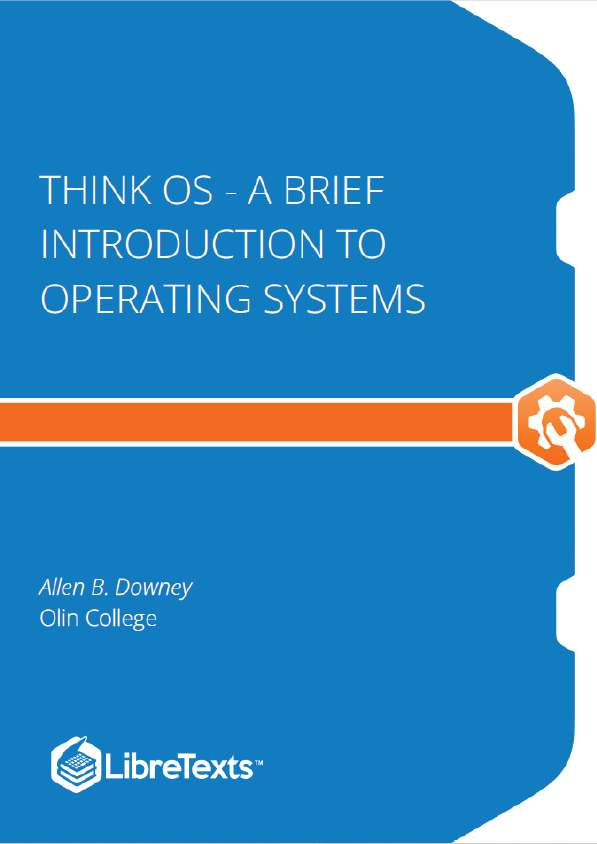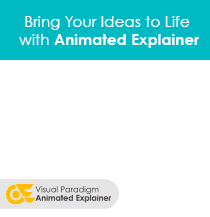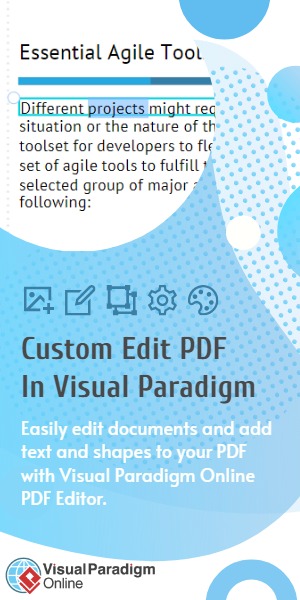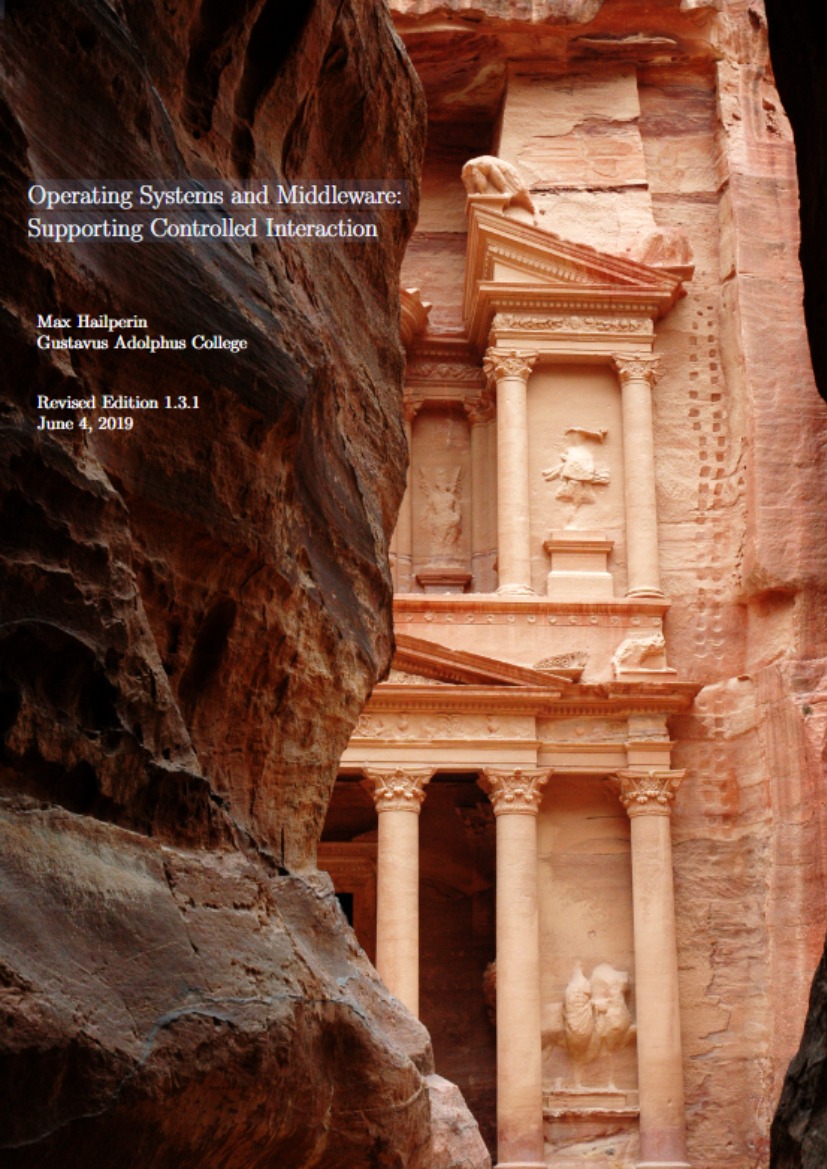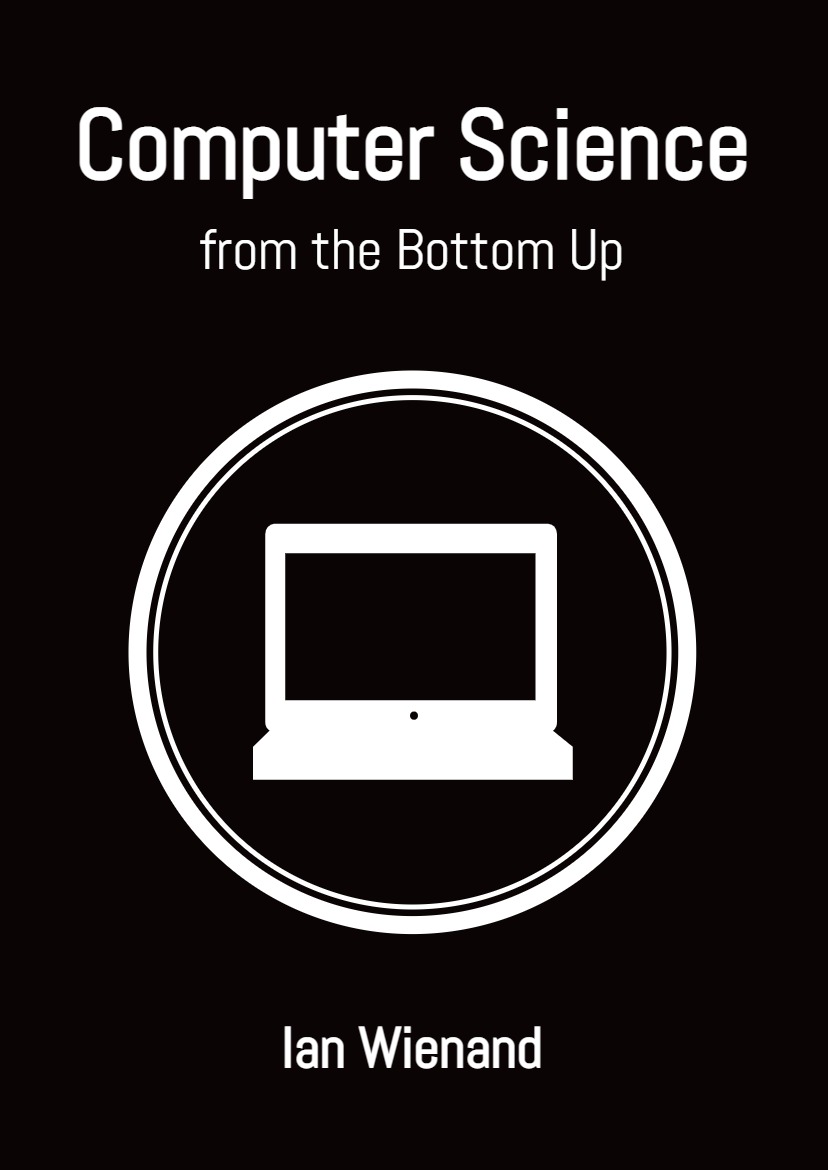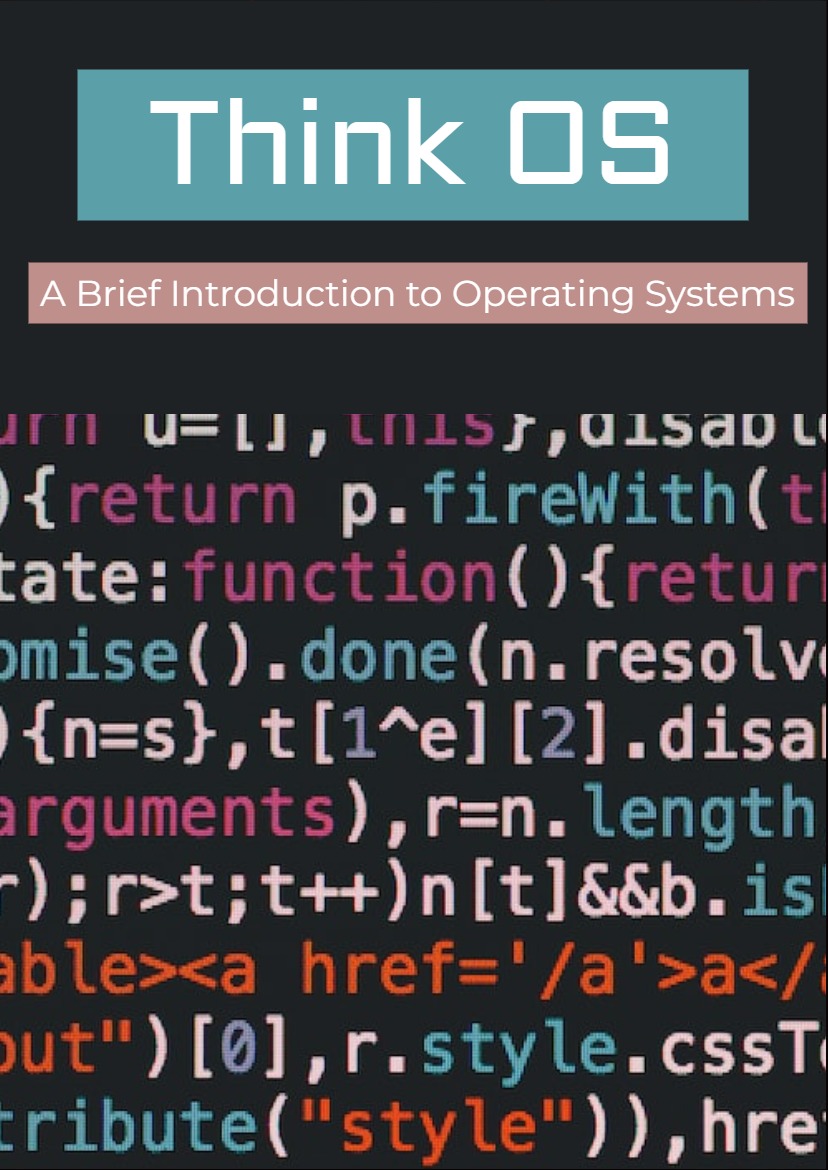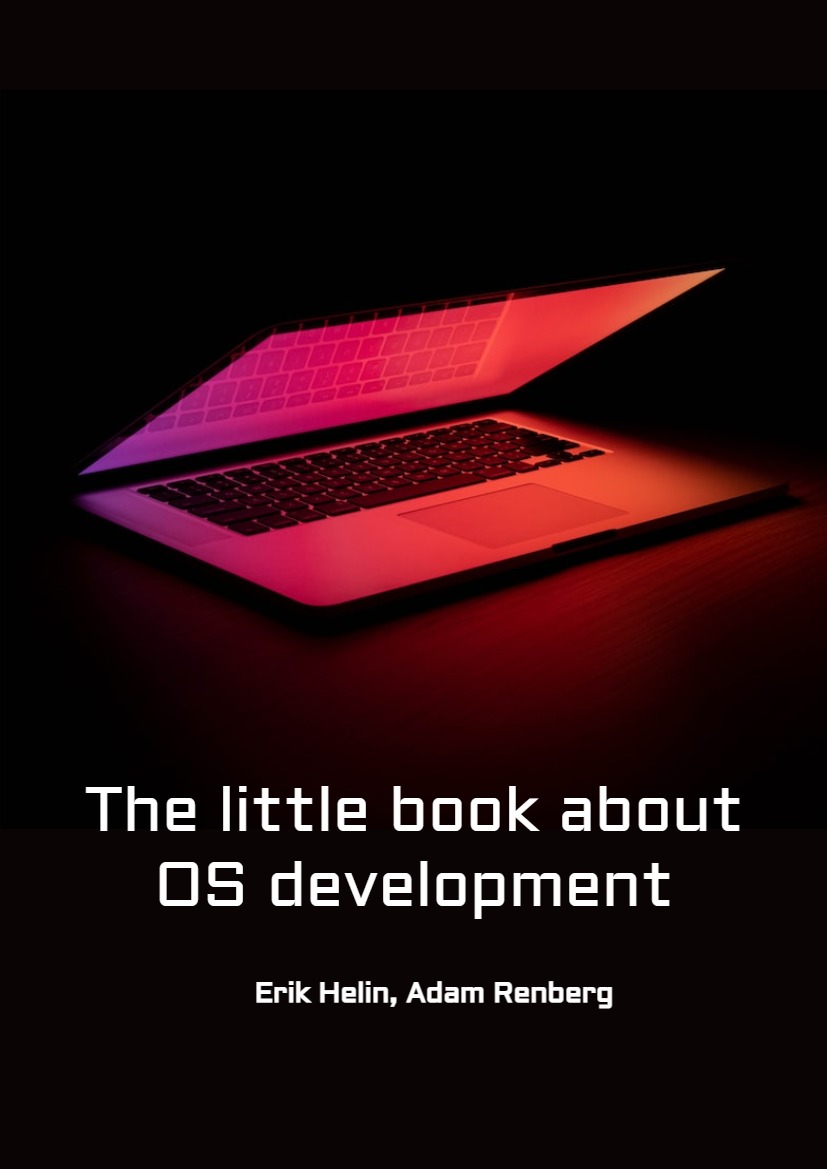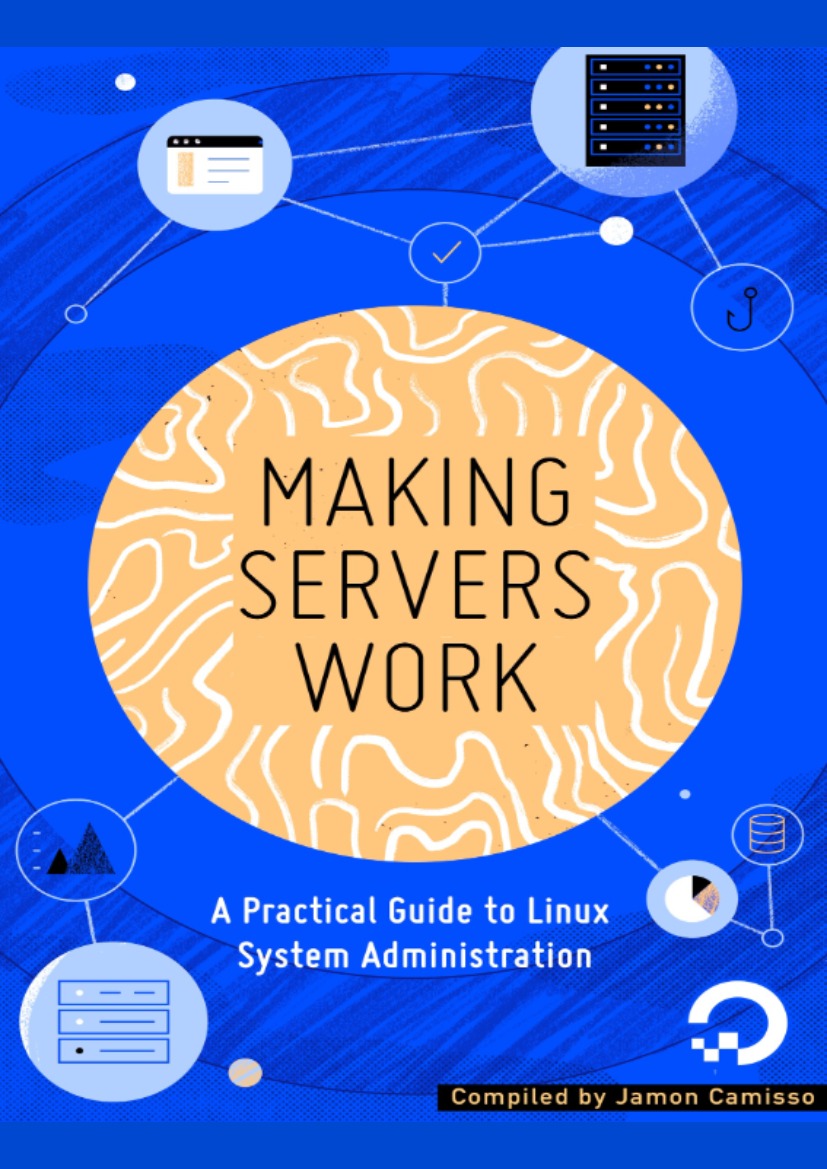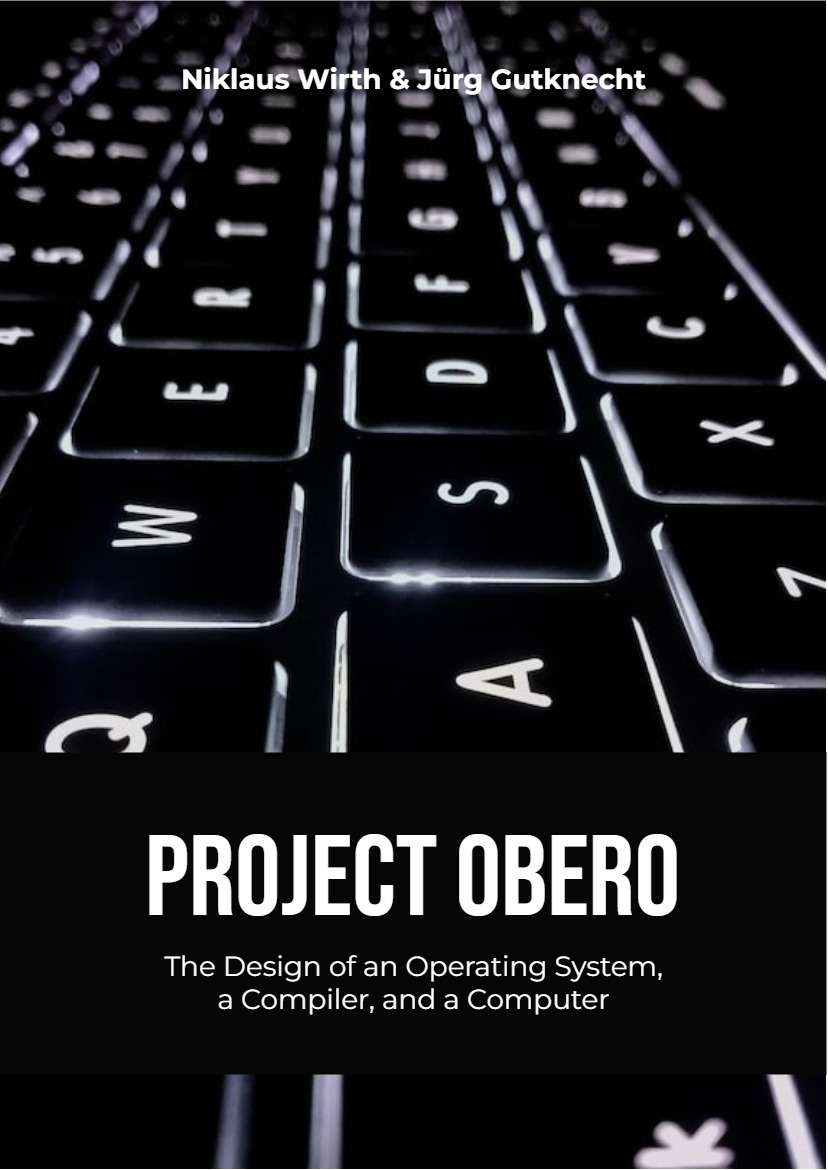In many computer science programs, Operating Systems is an advanced topic. By the time students take it, they know how to program in C, and they have probably taken a class in Computer Architecture. Usually the goal of the class is to expose students to the design and implementation of operating systems, with the implied assumption that some of them will do research in this area, or write part of an OS.
This book is intended for a different audience, and it has different goals. I developed it for a class at Olin College called Software Systems.
Most students taking this class learned to program in Python, so one of the goals is to help them learn C. For that part of the class, I use Griffiths and Griffiths, Head First C, from O’Reilly Media. This book is meant to complement that one.
Few of my students will ever write an operating system, but many of them will write low-level applications in C or work on embedded systems. My class includes material from operating systems, networks, databases, and embedded systems, but it emphasizes the topics programmers need to know.
This book does not assume that you have studied Computer Architecture. As we go along, I will explain what we need. If this book is successful, it should give you a better understanding of what is happening when programs run, and what you can do to make them run better and faster.
People often describe programming languages as either compiled or interpreted. “Compiled” means that programs are translated into machine language and then executed by hardware; “interpreted” means that programs are read and executed by a software interpreter. Usually C is considered a compiled language and Python is considered an interpreted language. But the distinction is not always clear-cut.
First, many languages can be either compiled or interpreted. For example, there are C interpreters and Python compilers. Second, there are languages like Java that use a hybrid approach, compiling programs into an intermediate language and then running the translated program in an interpreter. Java uses an intermediate language called Java bytecode, which is similar to machine language, but it is executed by a software interpreter, the Java virtual machine (JVM).
So being compiled or interpreted is not an intrinsic characteristic of a language; nevertheless, there are some general differences between compiled and interpreted languages.
